What ND Filters I Carry and Why
Without doubt, anyone who knows my work knows that I love an escape from reality, especially in the form of long-exposure black and whites created using ND Filters. But what you may not know (yet), is that I carry a lots of filters with me whenever I am out shooting landscapes. The reason is mainly that I like control. Ok… I love control – creative control.
Here is what I carry…
- ND filters: 1-, 2-, 3-, 4-, 5-, 6-, 10-, and 13-stop filters to manipulate shutter time.
- ND grads: 2- and 3-stop filters to darken skies and balance exposures.
- A large polarizer that I can use in front of my 100mm filters to reduce reflections and darken skies.
That is eleven filters in total. It’s a lot (!) and it contributes to the expense of my gear and the weight of my bag. In all honesty, I have tried to force myself to bring fewer filters, but I simply cannot comfortably do it because I know there are will be circumstances when I want each and every one of the filters in my filter case.
When most of us start out with long exposure photography, we likely do so with a 10-stop filter or perhaps a 6-stop filter and little else. It’s a good place to start to see if you like the genre and have the patience required for the work. But it’s also hugely limiting. You essentially are bound to the exposure times that those filters give you within the existing conditions, regardless of what it is you are capturing. Yes, you can adjust aperture or ISO to gain some control over your shutter speeds, but both of those adjustments come at the expense of either image quality or creative control.
After working with LE for awhile, you start to get a feeling for the speed of those elements that you want to blur in your long exposures. You begin to understand how long a shutter speed you need in order to blur clouds moving at this or that speed or how long it takes to get the wave lines you want across a sandy beach. You generally know ahead of time what you want your shutter speed to be. If you’re like me, you also know ahead of time what you want your aperture to be. And ISO needs to be low for image quality. So these become fixed in your creative recipe for this image and the only other variable you can control is… Yep. The ND filter(s) you choose.
If I want to shoot at F11, ISO 100, and have a four minute shutter speed in order to completely blur the movement in the ocean and transform the clouds into streaks across the sky, the ambient light dictates how many stops of ND filter I need. Since I cannot control the movement of the water, the speed of the clouds, nor the ambient light, I must have ND filter options in order achieve all my creative desires for that shot. And so I do.
To be clear though, I am not suggesting you go out today and purchase 11 filters in order to create beautiful long exposures. I started out with one 10-stop round, screw-on filter. And I worked with that for quite a while before the filter addiction took me over. Even then I didn’t buy them all at once, but rather added them slowly across time, starting by adding a 3-stop filter and then a 1-stop filter.
So there you have it… the what and the why of the filters I carry in my camera bag. As for the brand, because I know you’ll ask… at the moment they are a combination of Lee filters and Formatt-Hitech Firecrest filters. My favorites are the Firecrest filters because they are extremely neutral (almost no color cast) and beautifully made.

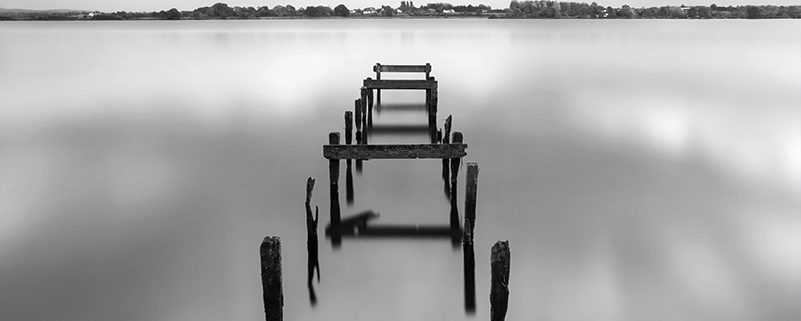
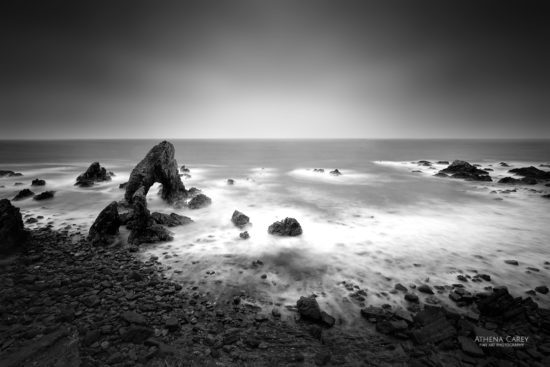
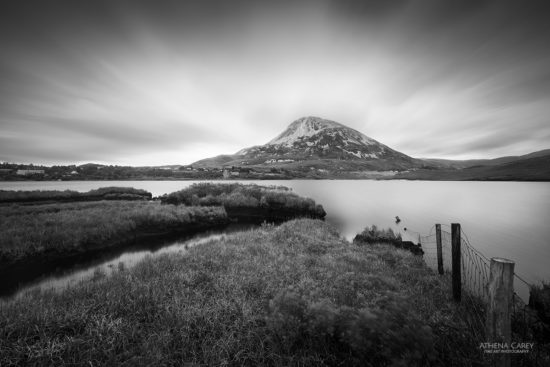
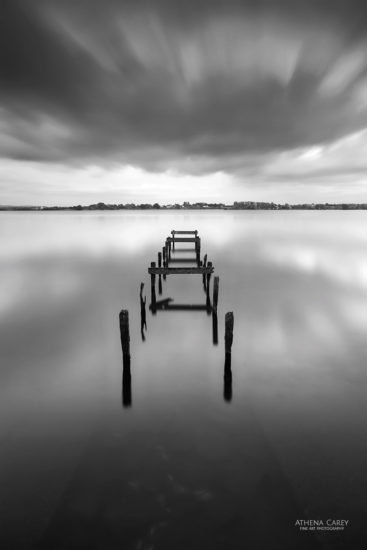
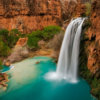
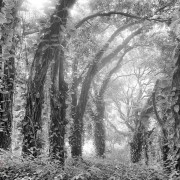






Why use grads versus bracketing shots? I don’t remember the last time I took a shot with a perfect straight line horizon and nothing sticking up past the horizon.
The choice really is a matter of personal taste. I don’t drag my grads down to the horizon, so for me it rarely matters if something is sticking up beyond it. Because I’d rather spend my time out working in the field than blending bracketed shots at my desk, I choose that option.
Interesting. My filters have reduced over the years to now just having a 6 stop and 10 stop screw in. I love the simplicity of it but I’ve also reduced down to just one camera and one lens so it follows a trend that has evolved over time :)
I like the idea of only carrying/having what you need for the way you shoot. :)
To Stephen–
Buy all of your filters large enough to fit your largest diameter lens and then purchase a set of step down rings so that the large filters can be mounted on the smaller diameter lenses–then a 77 mm filter would fit everyone of your lenses down to the smallest diameter lens–step down rings cost only a few dollars and if you have access to a used camera store you can buy them there for $1 or $2–
Good idea…This is exactly what we do as well.
Great article!
hi there,
i’m interested in trying LE photography and currently have a nikon d70s with 50 1.8, 18-70 3.4-4.5, 90 macro 2.8 and 75-150 3.5 manual lens. for which one shoud i be buying a nd filter, 18-70?
tnx!
For round filters, I would buy your ND filter large enough to fit your widest lens and use stepping rings for the rest.
Or use square filters with a filter holder and just buy a ring adaptor for each of your lenses. <- this is the way I do it.
Very nicely explained. thanks for sharing.
Thanks! :)